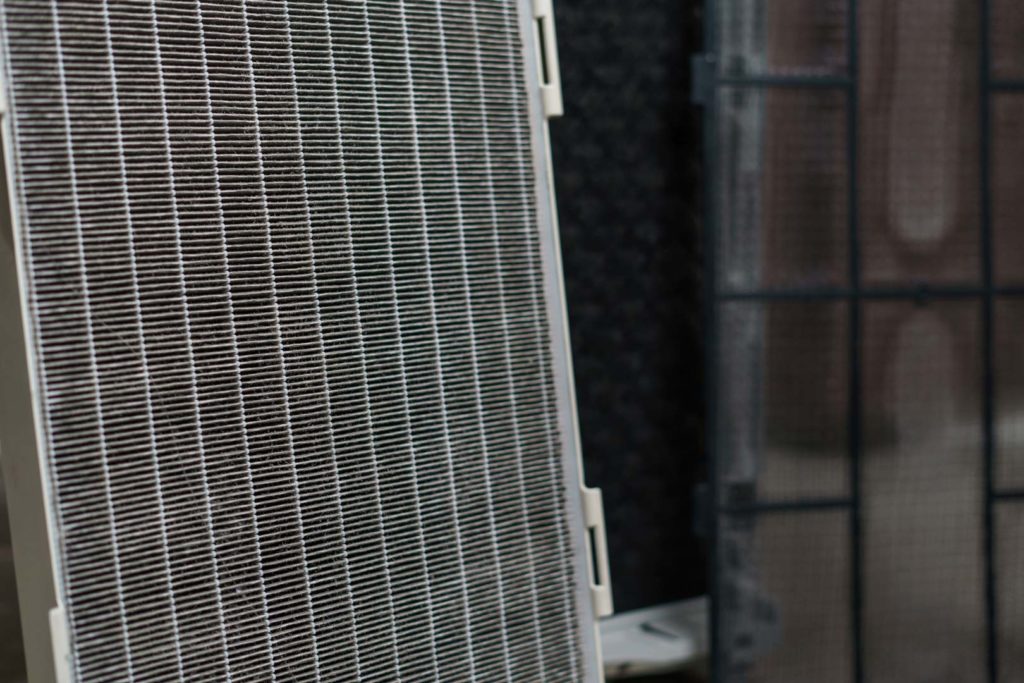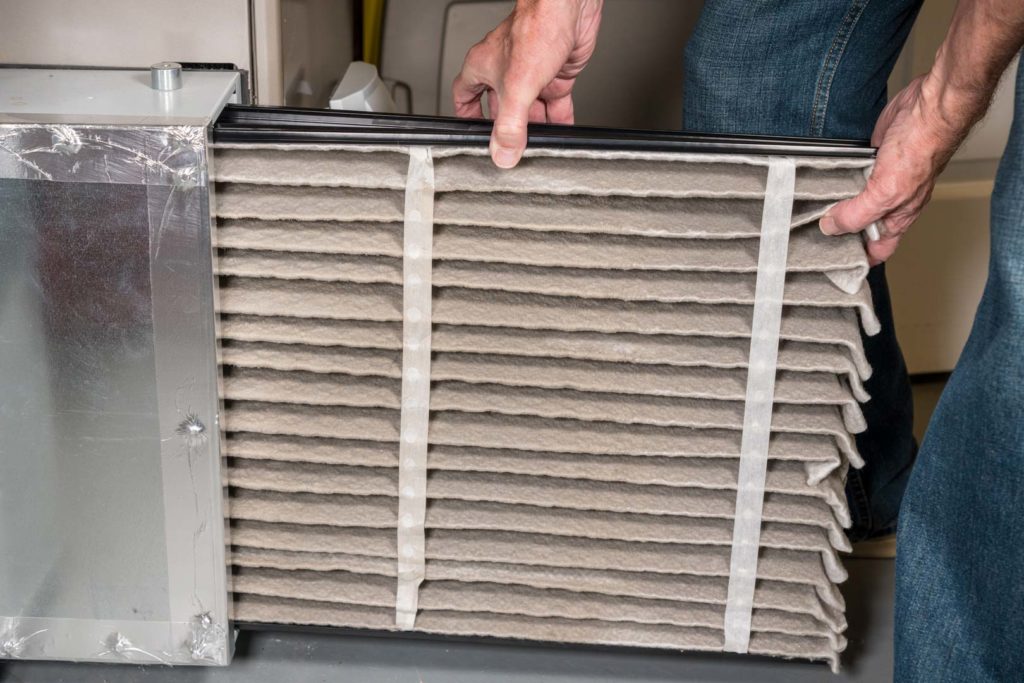Bulletin – Indoor Air Quality for Residential Buildings

Unionville Heating and Air Conditioning is continuously monitoring and gathering information to provide their customers with the best recommendations and implementation for residential HVAC systems. Our goal for learning about advancements in technology is to apply these learnings to help keep us all safe. We care! This bulletin is issued by ASHRAE to address the […]
Government of Canada COVID-19: Guidance on indoor ventilation during the pandemic

The Public Health Agency of Canada (PHAC) has developed a guide to inform Canadians about how indoor ventilation, combined with other recommended public health measures, can reduce the spread of COVID-19. The guide also provides practical tips on improving indoor air, ventilation and filtration to help reduce the spread of COVID-19. The complete content of […]

